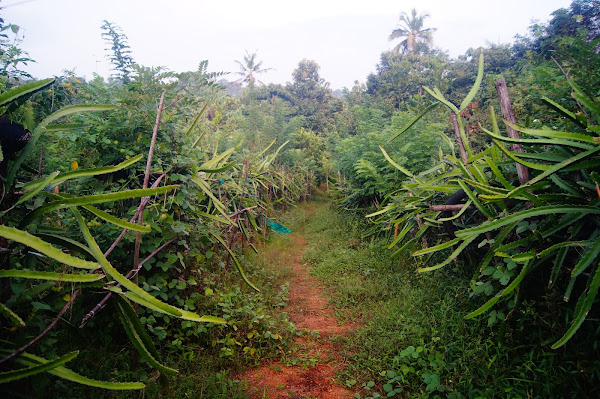Understanding butterfly plant cultivation in a forest-farm .
In the heart of our forest farm, a silent symphony unfolds as a diverse collection of butterfly plants thrives under the watchful gaze of practical cultivation. Despite the common notion that these plants are more suited to the confines of indoor spaces, our experiment proves otherwise. In this detailed exploration, we dive into the pragmatic approach we adopted to successfully cultivate butterfly plants in our forest farm, covering aspects from root bulbs to appearance, species, and a straightforward guide for planting and repotting.
Choosing the right Butterfly plants:
Not all plants are created equal when it comes to attracting butterflies. Opting for species like Buddleia, Lantana, and Milkweed, known for their nectar-rich flowers, proved to be a judicious choice. These resilient varieties withstand outdoor conditions and provide an inviting haven for butterflies to feed and lay their eggs.
Cultivation in the Forest Farm setting:
Contrary to the perceived fragility of butterfly plants, we found that with careful consideration of soil conditions and proper spacing, they can flourish outdoors. The forest farm, with its varying microclimates, provided an ideal setting. Adequate sunlight and well-drained soil were essential, ensuring the plants adapted seamlessly to their new environment.
Root bulbs and planting process
Understanding the root bulbs of butterfly plants played a pivotal role in our successful cultivation. These plants typically have sturdy and extensive root systems that anchor them securely. When planting, we ensured the root bulbs were nestled at an appropriate depth, allowing for stability and optimal nutrient absorption. It's also complicated because they are thin thread-like roots and can be delicate if not handled right.
Appearance and species
The appearance of butterfly plants is characterized by clusters of vibrant, nectar-filled flowers that attract butterflies with their practical yet aesthetically pleasing design. Common species like the Butterfly Bush (Buddleia davidii), with its slender spikes of fragrant blooms, and the Milkweed (Asclepias), with its distinctive clusters, were integral components of our collection.
Planting and Repotting Guide:
Selection of Suitable Containers: Opt for containers with adequate drainage holes to prevent waterlogging, ensuring the well-being of the plants.
Soil Preparation: Use well-draining soil with added organic matter. This promotes healthy root development and minimizes the risk of waterlogged conditions.
Planting Depth:When transferring a butterfly plant to a new pot or the ground, ensure the root ball is planted at the same depth as it was in its previous container.
Watering Practices: Water consistently but avoid overwatering. Butterfly plants prefer slightly moist soil, not waterlogged conditions.
Feeding: Provide a balanced fertilizer during the growing season to support robust flowering.
Pruning: Regular pruning encourages bushier growth and prolongs the flowering season.
The successful cultivation of butterfly plants in our forest farm unveils the practicality and adaptability of these species. Stripping away the notion that they are confined to indoor spaces, our experience serves as a straightforward guide for others eager to introduce these vibrant, butterfly-attracting beauties to their outdoor environments. Practicality, attention to root bulbs, and adherence to a simple planting and repotting guide form the backbone of our approach, demonstrating that cultivating butterfly plants need not be a complex endeavor.
Also read





Comments
Post a Comment